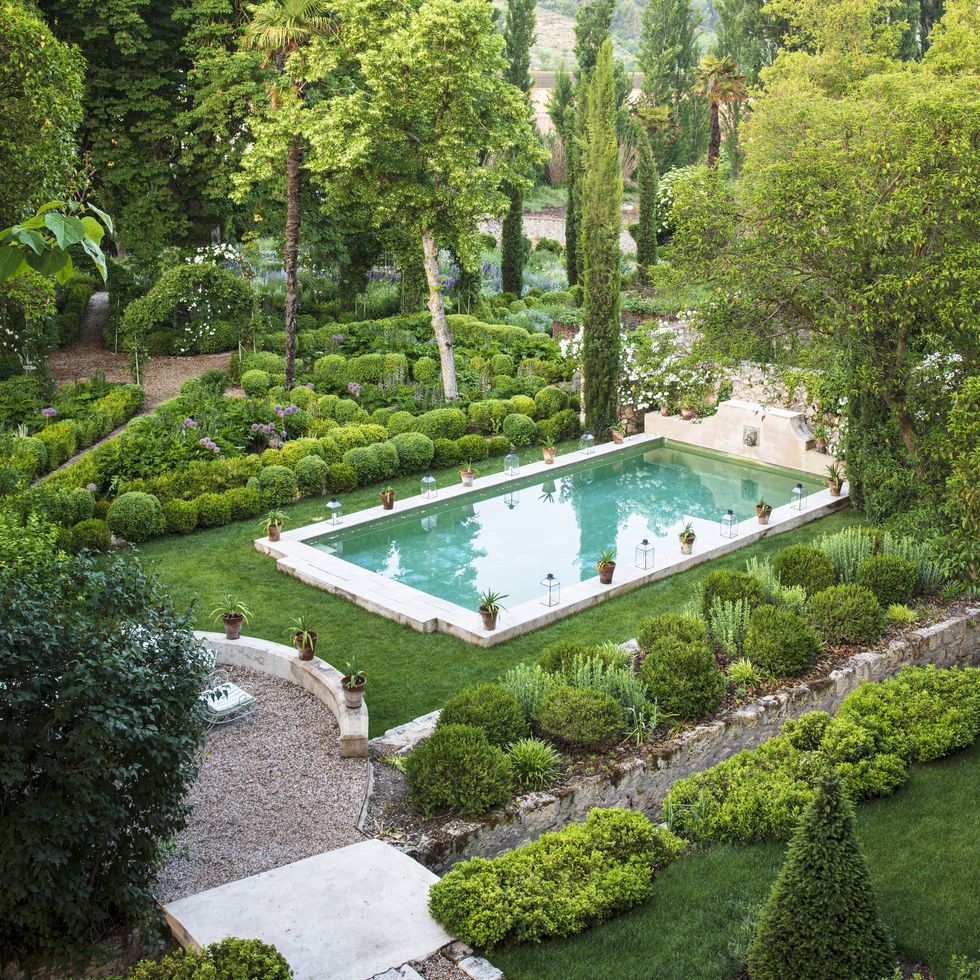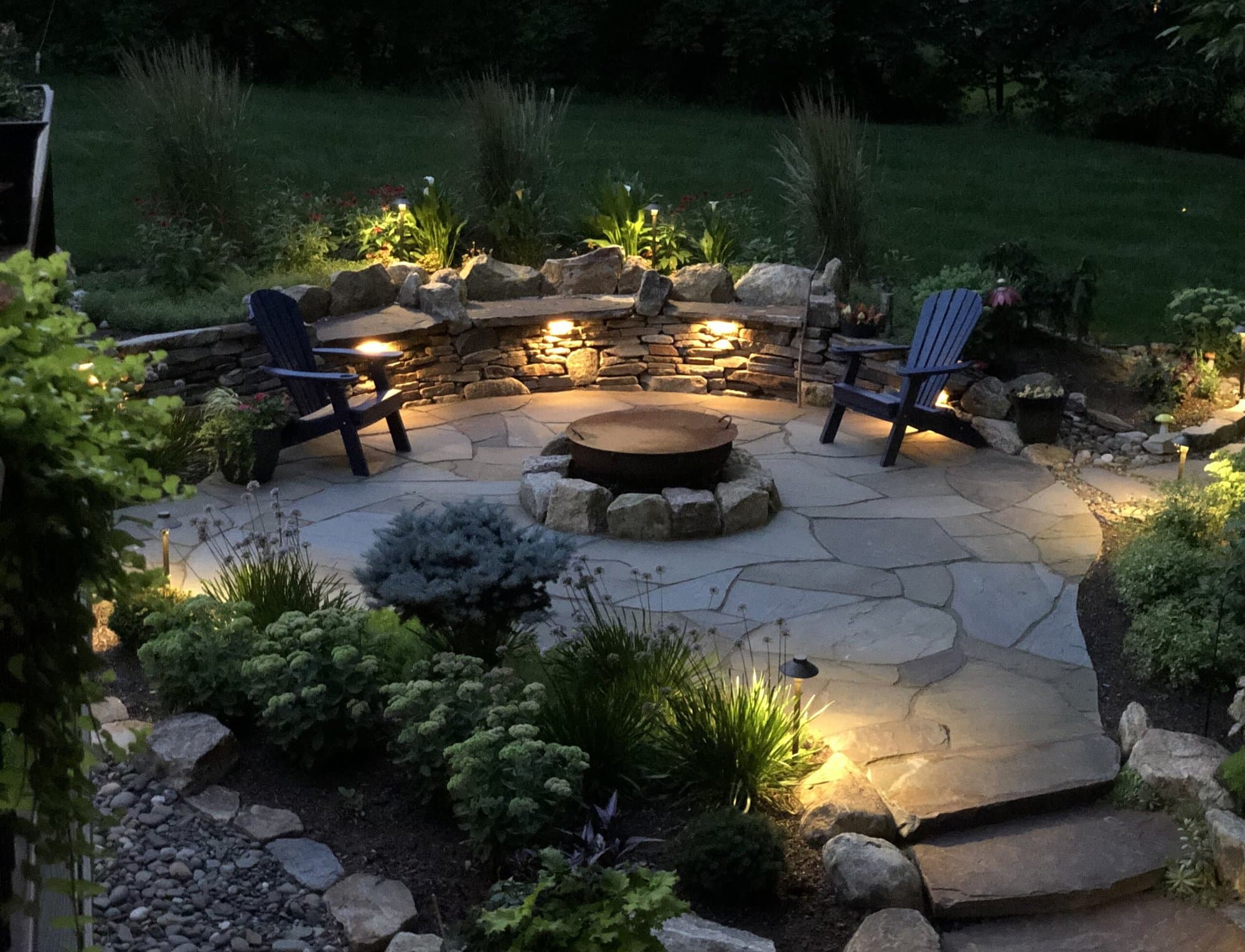Reliable Landscaping Contractor Jacksonville: Enhancing Your Property's Aesthetic Appeal
Reliable Landscaping Contractor Jacksonville: Enhancing Your Property's Aesthetic Appeal
Blog Article
Elevate Your Residential property's Aesthetic With Lasting Landscape Design Styles and Eco-Friendly Practices

Advantages of Sustainable Landscape Design
Carrying out sustainable landscaping practices not just preserves all-natural sources but likewise advertises biodiversity and enhances overall ecological health. One substantial advantage is the decrease of water usage via the usage of drought-resistant plants, rainfall yards, and reliable watering systems.
Additionally, lasting landscape design can boost dirt health by minimizing using chemical plant foods and pesticides, therefore creating a much healthier setting for plant growth and useful dirt organisms. This, in turn, boosts the general durability of the landscape to endure environmental stressors and environment change influences - lawn cleanup Jacksonville. In addition, lasting landscaping techniques can attract varied wild animals, consisting of pollinators like butterflies and , promoting a more well balanced and dynamic community within the residential property
Incorporating Native Plants
To construct upon the benefits of sustainable landscape design, a strategic emphasis on including native plants can better improve ecological strength and promote biodiversity within the landscape. Indigenous plants are varieties that normally happen in a specific location and have actually developed to prosper in the neighborhood climate, dirt conditions, and environment. By including native plants in landscaping styles, homeowner can lower water usage, minimize the demand for chemical pesticides and fertilizers, and support the local wildlife population.
Incorporating indigenous plants additionally aids in protecting the distinct character and identity of a region's plants. These plants usually need much less upkeep as soon as established, making them a affordable and sustainable landscaping service over time. Furthermore, native plants can bring in native pollinators like and butterflies, contributing to the general wellness of the environment.
When selecting native plants for landscaping tasks, it is important to pick species that are fit to the specific environmental conditions of the website. Consulting with regional nurseries or arboretums can provide important support on picking the right indigenous plants for a certain location. By integrating native plants right into landscaping designs, homeowner can create attractive, lasting exterior rooms that benefit both the setting and the neighborhood.

Water Preservation Strategies
Reliable irrigation methods play a crucial duty in lasting landscape design techniques, guaranteeing optimum water conservation initiatives in outside spaces. Carrying out strategies such as drip irrigation, rainwater harvesting, and clever watering systems can considerably minimize water waste while maintaining a healthy and balanced landscape. Drip watering provides water straight to the roots of plants, reducing dissipation and drainage. Rainwater collecting entails accumulating rain from roofing systems and keeping it for later usage in irrigation, reducing the dependence on metropolitan water resources. Smart watering systems make use of weather information and dirt moisture degrees to change sprinkling timetables, stopping overwatering and advertising water performance.
Along with sophisticated irrigation methods, xeriscaping is another water-saving landscape design technique that concentrates on making use of drought-resistant plants, mulch, and reliable watering to produce a low-water landscape style - landscaping contractor Jacksonville. By choosing indigenous plants that are fit to the neighborhood environment and dirt conditions, homeowner can decrease the requirement for excessive watering, inevitably conserving water and promoting a sustainable exterior atmosphere
Eco-Friendly Hardscaping Ideas
Enhancing exterior rooms with eco-friendly hardscaping functions can add considerably to lasting landscape design practices. When taking into consideration hardscaping aspects, go with materials like recovered timber, recycled concrete, or all-natural rock to minimize ecological impact. These materials not only add an unique aesthetic attract your exterior area but likewise lower the demand for new resources removal.
Carrying out permeable leading choices such as crushed rock or permeable concrete can help in reducing water overflow and advertise groundwater recharge. These options enable rain to seep into the ground, avoiding disintegration and decreasing the worry on stormwater systems.
Integrating indigenous plants right into hardscaping styles can additionally improve eco-friendliness by supporting regional wild animals and reducing the need for too much watering or chemical treatments. By including upright gardens or eco-friendly wall surfaces, you can introduce more plant life right into urban setups, improving air top quality and biodiversity.
Integrating energy-efficient lighting, such as solar-powered LEDs, into hardscaping styles can decrease electricity usage and lower your residential property's carbon impact. Prioritizing environmentally friendly hardscaping ideas not only enhances the elegance of your exterior room yet also shows a commitment to ecological stewardship.
Upkeep Tips for Sustainable Landscapes

Frequently prune plants to promote healthy and balanced development and avoid overgrowth that can bring about pest invasions or illness. Usage natural plant foods to nurture the soil and plants without damaging chemicals that can seep right into the environment. For hardscaping elements, such as permeable pavers or stone pathways, consistently tidy them to home stop debris buildup and preserve their performance. By staying aggressive with maintenance jobs, you can preserve the appeal and sustainability of your landscape for many years to come.
Final Thought
To conclude, sustainable landscape design methods supply countless benefits for homeowner, from enhancing the visual appeal of the environments to promoting ecological preservation. By including indigenous plants, carrying out water conservation techniques, and using green hardscaping concepts, residential or commercial property proprietors can develop stunning landscapes that are likewise environmentally responsible. With correct maintenance, sustainable landscapes can grow and add to a healthier community for both human beings and wild animals.
Furthermore, sustainable landscaping can boost dirt wellness by decreasing the usage of chemical fertilizers and chemicals, consequently developing a much healthier atmosphere for plant growth and useful soil microorganisms.To construct upon the benefits of lasting landscape design, a strategic emphasis on integrating native plants can even more improve eco-friendly strength and promote biodiversity within the landscape. By consisting of indigenous plants in landscape design layouts, building owners can reduce water use, reduce the need for chemical pesticides and fertilizers, and support the local wild animals populace.
These plants frequently require less upkeep when developed, YOURURL.com making them a cost-efficient and lasting landscape design solution in the long run. By integrating indigenous plants into landscape design designs, residential or commercial property proprietors can develop stunning, sustainable exterior rooms that profit both the community and the setting.
Report this page